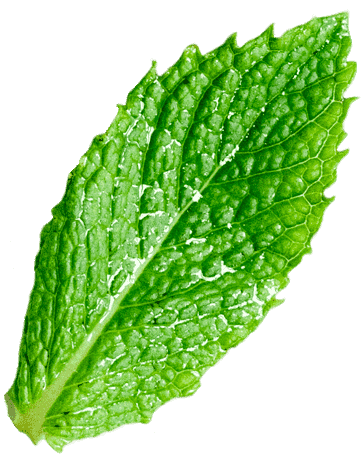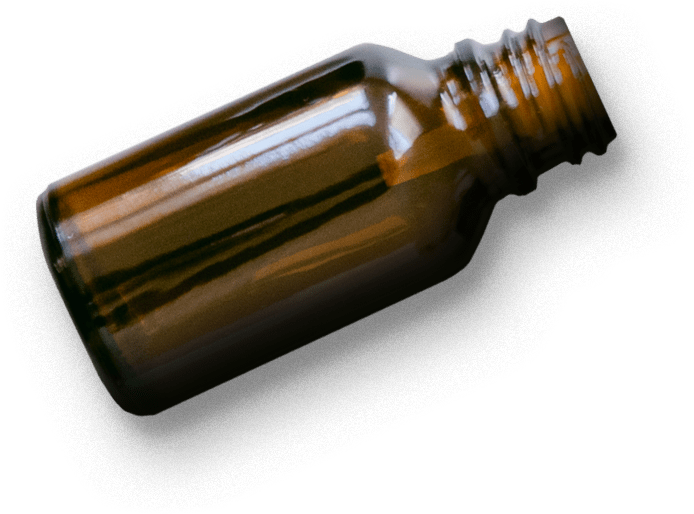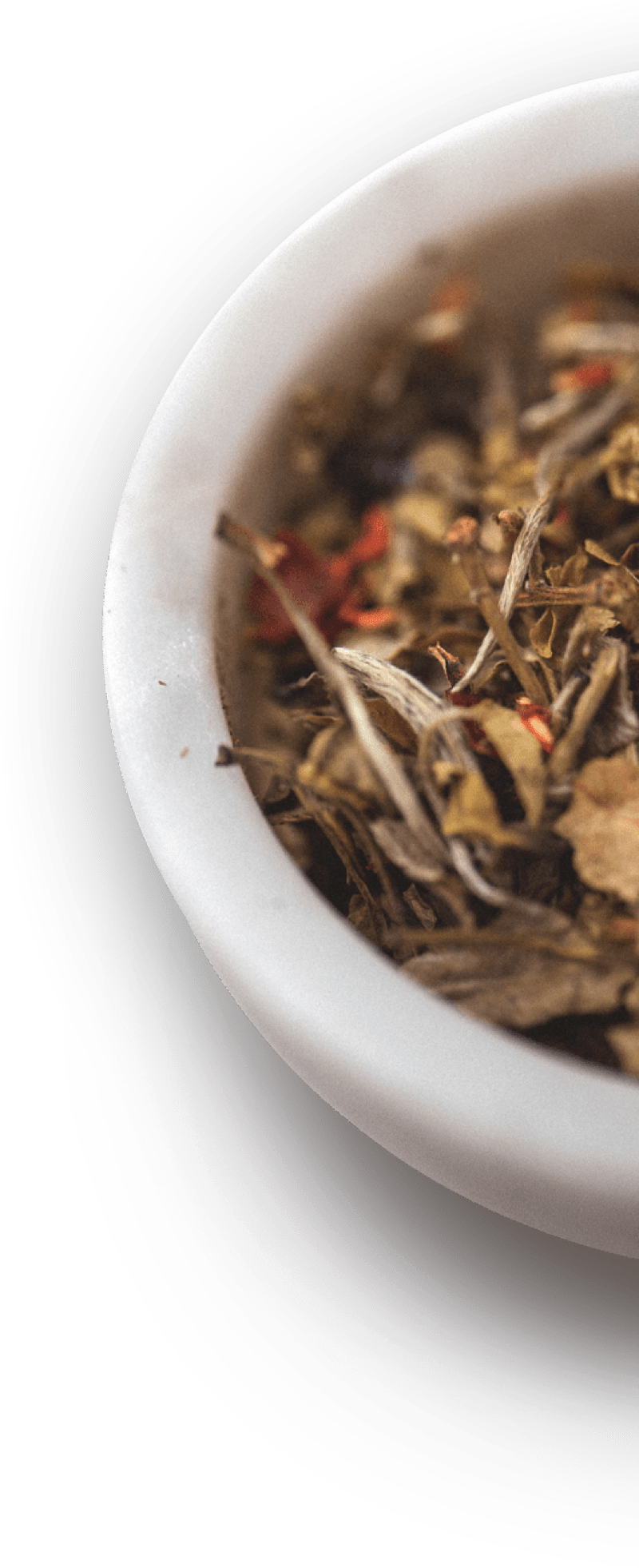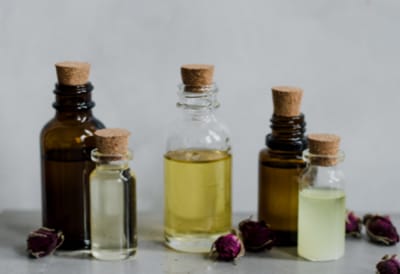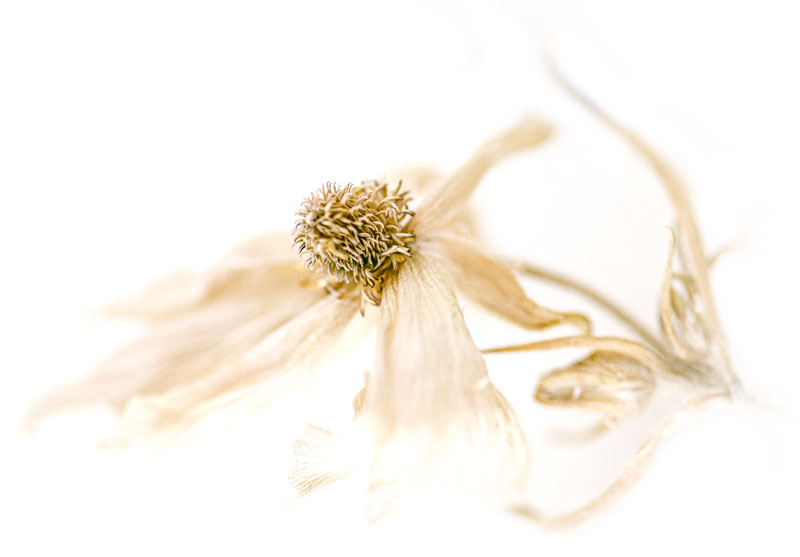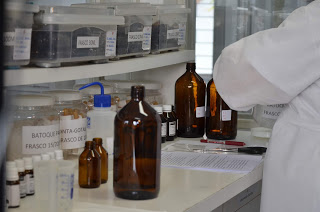
Immune system cells are normally present as cells circulating in blood and lymph, as collections anatomically defined in lymphoid organs and as cells dispersed in virtually all tissues. Like all blood cells, the cells of the immune system also originate in the bone marrow, where many also mature. The mononuclear phagocytic system represents the second largest cell population of the immune system and consists of cells that have a common lineage whose main function is phagocytosis. After maturation and subsequent activation, they may present several morphologies. The undifferentiated cell type that enters the peripheral blood after leaving the marrow is called a monocyte. Once fixed in tissues they mature and become macrophages.
There are several types of immune response. More broadly, the different types of immune responses fall into two categories: innate responses (natural immunity) and specific or adaptive immune responses (acquired immunity). Natural immunity is that present at birth. It is the defense mechanism we have before we even expose ourselves to any foreign substance. This is the main line of defense against invading organisms and the first response to a microbial attack. Their mechanisms are fast, fixed in their mode of action and effective in disrupting most infections at an early stage, however, they do not always have the ability to eliminate the infection. Its characteristics are those that it presents throughout life, having neither specificity nor memory. The components of innate immunity are mechanical barriers, secreted products, and include mononuclear phagocytes and Natural Killer cells. The innate immune response not only exerts an important protective function but also serves to initiate and regulate the subsequent acquired immune response. The acquired immunity is not present at birth but is acquired as part of development. The acquired immunity can be divided into two broad classes: (1) antibody-mediated or humoral immune response, where the specific recognition of the antigen in the effector phase is mediated by the antibodies. And (2) cell-mediated immune response, which is directed against cells carrying foreign antigens on their surface. The cell-mediated response is physiologically more important for eradicating intracellularly living microbes or viruses.

